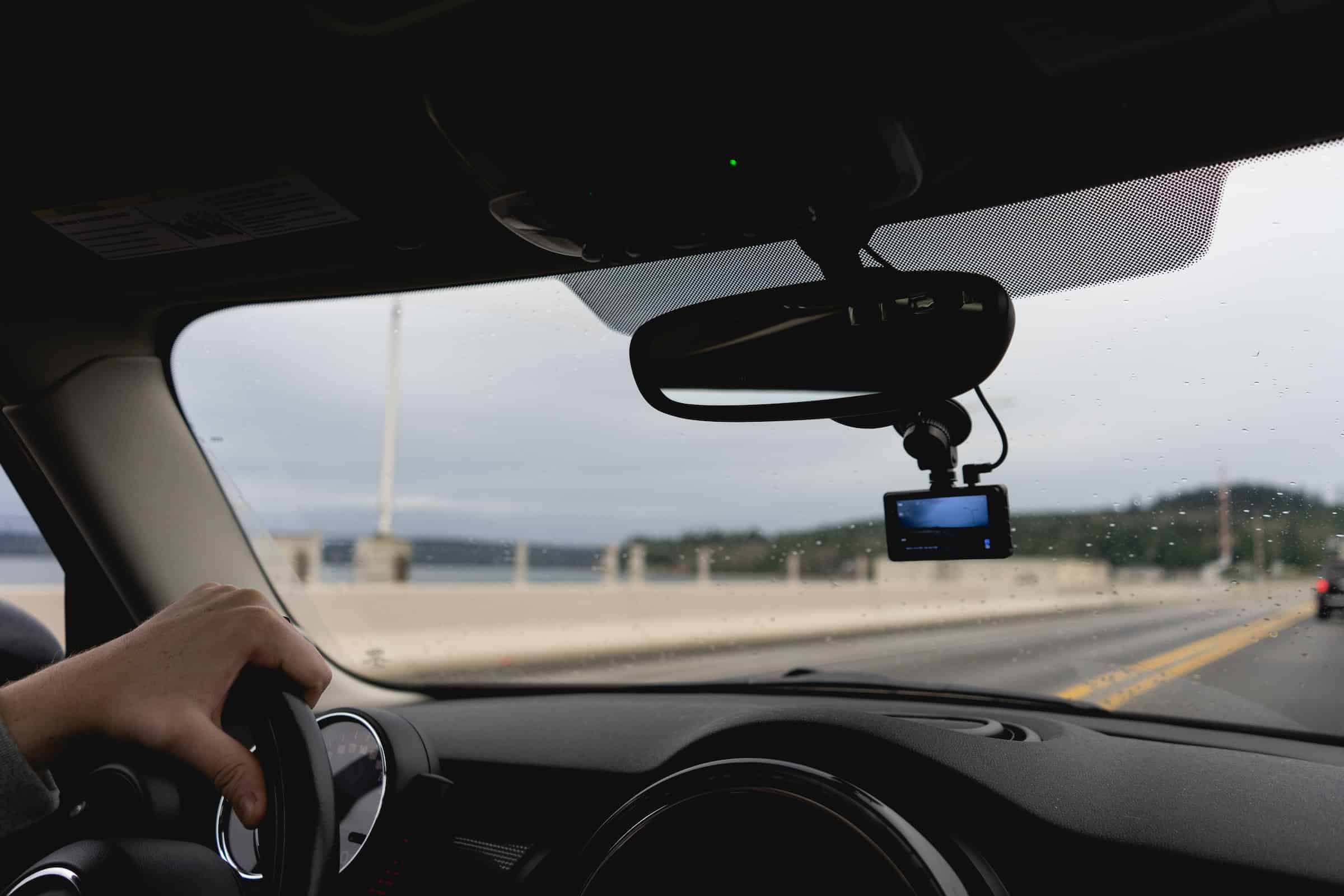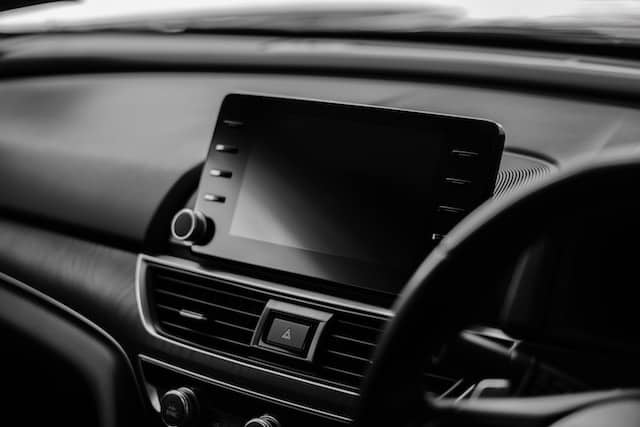Do Dashcams Have To Be Plugged In?
Are you considering installing a dashcam in your vehicle? If so, you may be wondering whether these devices have to be constantly plugged in. Well, the answer depends on the type of dashcam you choose and your specific needs.
In this article, we will explore the power options available for dashcams and discuss the pros and cons of using a plugged-in device versus a wireless alternative.
When it comes to powering your dashcam, there are two main options: wired or wireless. Wired dashcams are typically plugged into your vehicle’s power outlet or connected directly to the fuse box. This means that they require a constant source of power from your car’s battery to function properly.
On the other hand, wireless dashcams use alternative power solutions such as built-in batteries or solar panels, eliminating the need for continuous connection to your vehicle’s power supply.
Now that you know there are different ways to power a dashcam let’s dive deeper into each option. In the following sections, we will discuss how wired dashcams work and their advantages and disadvantages compared to their wireless counterparts. We will also help you determine which power option is best suited for your specific needs and preferences.
So keep reading if you want to make an informed decision before purchasing a new dashcam!
Power Options for Dashcams
Did you know that dashcams can be powered using various options? Many people assume that dashcams must be plugged into the car’s power outlet, but there are actually alternative power sources available.
One option is to hardwire the dashcam directly into the vehicle’s electrical system. This allows the dashcam to draw power from the car’s battery, ensuring continuous operation even when the engine is turned off. Hardwiring also eliminates the need for messy cables and reduces clutter inside your car.
Another power option for dashcams is a built-in battery pack. Some higher-end models come with a rechargeable battery that can provide several hours of recording time without being connected to any external power source. This can be particularly useful if you frequently park your car in areas where access to an electrical outlet is limited or unavailable. Additionally, having a built-in battery ensures that your dashcam continues to record footage even if there is a sudden loss of power or in case of an accident.
Read Also: How Are Dash Cams Powered? Complete Guide
Dashcams do not necessarily have to be plugged into a power outlet in your car. There are various options available, including hardwiring them into your vehicle’s electrical system or using models with built-in batteries. These alternatives offer convenience and flexibility while ensuring continuous operation and reliable recording capabilities for your dashcam.
So go ahead and choose the power option that best suits your needs and enjoy peace of mind knowing that you’re capturing every moment on the road.
Wired Dashcams: Plugged-In Functionality
To ensure continuous recording and reliable functionality, you’ll need to keep your wired dashcam connected to a power source at all times. Unlike wireless dashcams that rely on batteries or supercapacitors, wired dashcams draw power directly from your vehicle’s electrical system. This allows them to operate seamlessly without the need for recharging or worrying about running out of battery during crucial moments.
By plugging in your dashcam, you can guarantee that it will always be ready to capture any event on the road. Whether it’s an accident, a near miss, or even just a scenic drive, having a constant power supply ensures that you won’t miss any important footage.
Additionally, keeping your dashcam plugged in provides other essential features such as parking mode and motion detection. These functionalities require a continuous power source to monitor your vehicle even when it is parked and turned off.
While it may seem like an inconvenience to have your wired dashcam constantly connected to a power source, the benefits far outweigh any minor inconveniences. It offers peace of mind knowing that you have reliable evidence in case of an accident or other incidents on the road. So make sure to find a suitable location for mounting your dashcam and connect it securely to avoid any loose connections or interruptions in power supply.
Wireless Dashcams: Alternative Power Solutions
Imagine the freedom of a wireless dashcam, powered by alternative solutions that don’t require you to constantly connect it to a power source. With advancements in technology, wireless dashcams have become a popular choice for many drivers.
These innovative devices come equipped with built-in batteries or capacitors that allow them to operate without being plugged in all the time. This means you can easily install the dashcam wherever you prefer in your vehicle without worrying about messy cables or finding an available power outlet.
Wireless dashcams typically use rechargeable batteries or supercapacitors as their power source. The advantage of using these alternative power solutions is that they provide uninterrupted recording even when your car is turned off. The battery-powered dashcams can last for hours on a single charge, ensuring continuous surveillance and capturing any incidents while parked. On the other hand, supercapacitors are capable of storing and releasing energy quickly, making them ideal for providing sufficient power during short periods when the engine is off.
Having a wireless dashcam eliminates the need for complicated wiring installations and allows for greater flexibility in positioning within your vehicle. Additionally, some models offer advanced features such as Wi-Fi connectivity, allowing you to access recorded footage directly from your smartphone or tablet.
So whether you’re concerned about documenting accidents on the road or capturing unexpected events while parked, wireless dashcams offer convenience and peace of mind by providing reliable and hassle-free operation without always needing to be plugged in.
Pros and Cons of Plugged-In Dashcams
While it may seem convenient to have a wireless dashcam, there are certain advantages and disadvantages to consider when using a plugged-in dashcam.
One major advantage of a plugged-in dashcam is the uninterrupted power supply it provides. With a direct connection to your vehicle’s power source, you don’t have to worry about the battery running out or the camera turning off during crucial moments. This ensures that you capture every incident or accident without any gaps in recording.
Another benefit of using a plugged-in dashcam is the ability to take advantage of advanced features and settings. Many plugged-in models offer additional functionality such as GPS tracking, parking mode, and collision detection systems. These features can provide valuable information about your driving habits, help with insurance claims, and even protect your vehicle when parked. Additionally, because they are constantly connected to your vehicle’s power supply, these dashcams can automatically turn on and start recording as soon as you start your engine.
However, there are also some drawbacks to consider when using a plugged-in dashcam. The most obvious one is the need for an installation process that involves routing cables from the camera to an appropriate power source in your vehicle. This can be time-consuming and may require professional assistance if you’re not familiar with automotive wiring. Furthermore, having cables running across your dashboard or windshield can be unsightly and potentially obstructive.
While wireless dashcams may seem more convenient at first glance, there are several advantages to using a plugged-in dashcam that make it worth considering. From ensuring constant power supply for uninterrupted recording to providing advanced features like GPS tracking and collision detection systems, a plugged-in dashcam offers enhanced functionality that can greatly benefit drivers. However, it’s important to weigh these benefits against the potential drawbacks such as installation complexity and cable management issues before making a decision on which type of dashcam best suits your needs.
Choosing the Right Power Option for Your Needs
One major consideration when selecting a power option for your dashcam is the convenience it offers. There are different power options available, each with their own advantages and disadvantages.
One option is to connect your dashcam directly to the car’s electrical system by hardwiring it. This allows the dashcam to automatically start recording when you turn on the ignition and stop recording when you turn off the engine. It also eliminates the need to manually charge or replace batteries, providing a hassle-free experience.
Another power option is using a cigarette lighter adapter or USB cable to plug in your dashcam. This is a convenient choice if you frequently switch between vehicles or don’t want to deal with any installation processes. Simply plugging in your dashcam allows you to easily remove it whenever needed without leaving any traces behind. However, keep in mind that this method relies on having an accessible power source in your vehicle and may limit the placement of your dashcam.
Choosing the right power option for your needs ultimately comes down to personal preference and convenience. Hardwiring provides a seamless integration with your vehicle’s electrical system, while using a cigarette lighter adapter offers more flexibility and portability. Consider factors such as ease of installation, reliability, and how often you plan on removing or transferring your dashcam between vehicles. By carefully weighing these considerations, you can select a power option that best suits your requirements and ensures optimal performance from your dashcam.
Conclusion
In conclusion, dashcams can be powered either by being plugged in or by using alternative power solutions. Wired dashcams offer the convenience of continuous recording without having to worry about battery life, as they’re directly connected to the vehicle’s power source. This ensures that you’ll always have a reliable and uninterrupted video recording.
On the other hand, wireless dashcams provide more flexibility in terms of installation and portability. They can easily be moved between vehicles without the need for complicated wiring setups. However, they do require regular charging or the use of additional power solutions like solar panels or portable battery packs.
When choosing the right power option for your needs, it’s important to consider factors such as your driving habits, parking conditions, and desired level of convenience. If you frequently drive long distances or park in high-risk areas, a wired dashcam may be your best bet for continuous recording. On the other hand, if you value ease of installation and portability, a wireless dashcam with alternative power solutions may be more suitable.
Ultimately, whether you choose a plugged-in or wireless dashcam will depend on your specific requirements and preferences. Whichever option you go for, having a dashcam can provide invaluable evidence in case of accidents or disputes on the road. So take into account all these factors and make an informed decision to ensure that you have a reliable and effective solution for capturing incidents on the road.
Further Reading: Do Dashcams Have Batteries? Well, It Depends!







